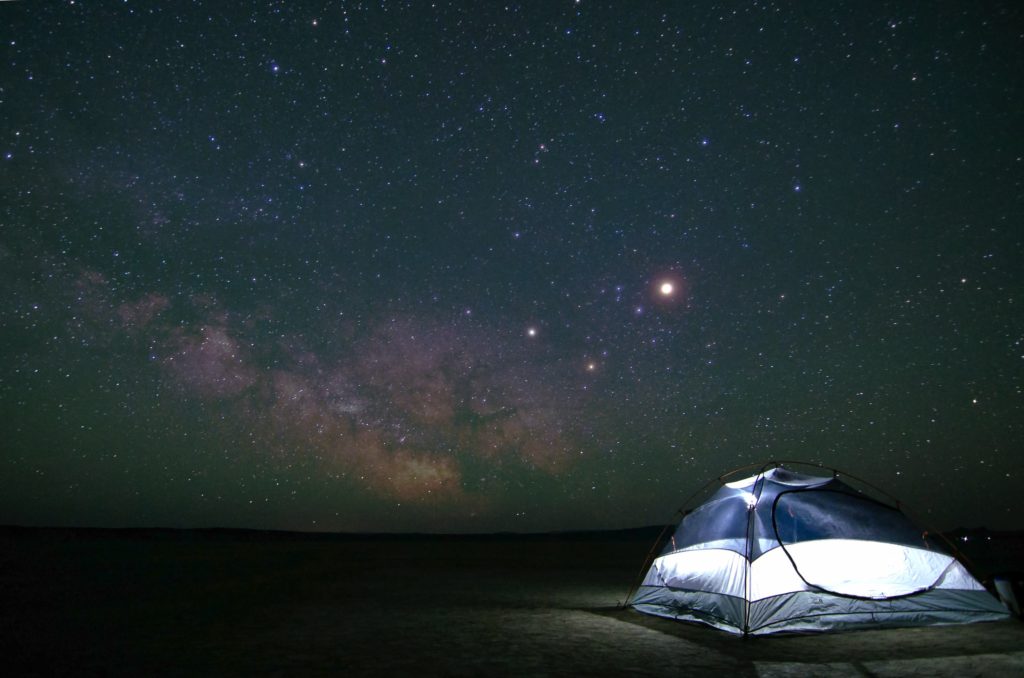What is a Dark Sky?
One of the wonders of the night sky is the billions of stars and galaxies scattered across it. This a sight that has been enjoyed by humanity for millennia. However, our modern forms of lighting have made it practically impossible to see its wonder in many urban areas. Fortunately, there are a few remaining places that one can go to witness a dark night sky in all its glory. But what exactly are “Dark Sky Parks” and why are they important?
What is a “Dark Sky”, exactly?
From the name itself, a dark sky is simply anywhere with little to no light pollution from artificial lights. Though technically any place can be labeled as dark, to be certified dark sky, it has to meet a strict set of criteria.
The Dark Sky Movement
This initiative was started by professional and amateur astronomers to reduce the effects of light pollution and preserve our dark skies and all of the forms of life that depend on them. Over the years, the movement has become a major driving force for the conservation of areas untouched by light pollution. It has also advocated for the reduction of urban light pollution in major cities and settlements.
Why Dark Skies are important
Astronomy
The main reason why the initiative started was for Astronomy. Both researchers and amateur astronomers realized that artificial light from major urban areas is affecting astronomical observations. The light from cities and towns is drowning out fainter celestial objects, making them harder to study. Dark skies give researchers and hobbyists alike an unhindered view of the universe at night.
Protect wildlife
The night and day cycle plays a major role in the planet’s ecology. Many nocturnal species rely on a fixed period of complete darkness to thrive. The skyglow from major urban areas reduces the quality of the night sky which causes distress for these creatures. Pushing for reduced light pollution helps in their preservation.
Overall health
Recent studies have shown a direct link between artificial lights and the human circadian rhythm. A study showed that exposure to artificial light at night can upset the quality of sleep. Sleep is a basic and crucial part of human health and anything that affects this also affects overall wellbeing.

Where can you enjoy dark night skies?
The International Dark-Sky Association or IDA is an international organization that pushes for the reduction of human-caused light pollution through several programs. One of these is the granting of Dark Sky designations to select locations. One such designation is Dark Sky Park. Dark Sky certified parks are protected spaces free from all artificial light pollution.
One such Dark Sky Park is the Anza-Borrego Desert State Park. This is the second-largest dark sky park in the U.S. and is a major dark sky reserve. Located in Southern California, it boasts of clear night skies and little to no human development. Perfect for an extended stargazing trip. Aside from its pollution-free night skies, the State Park is also home to historic Native American ruins which are popular among explorers.
The best way to see the magic of a truly dark sky is to experience it firsthand. Recal Travel’s Dark Sky Series lets you do just that. Here you get to explore the deserts of Anza-Borrego during the day and camp under the stars at night. You can view our Anza-Borrego Desert trip page for more info.
